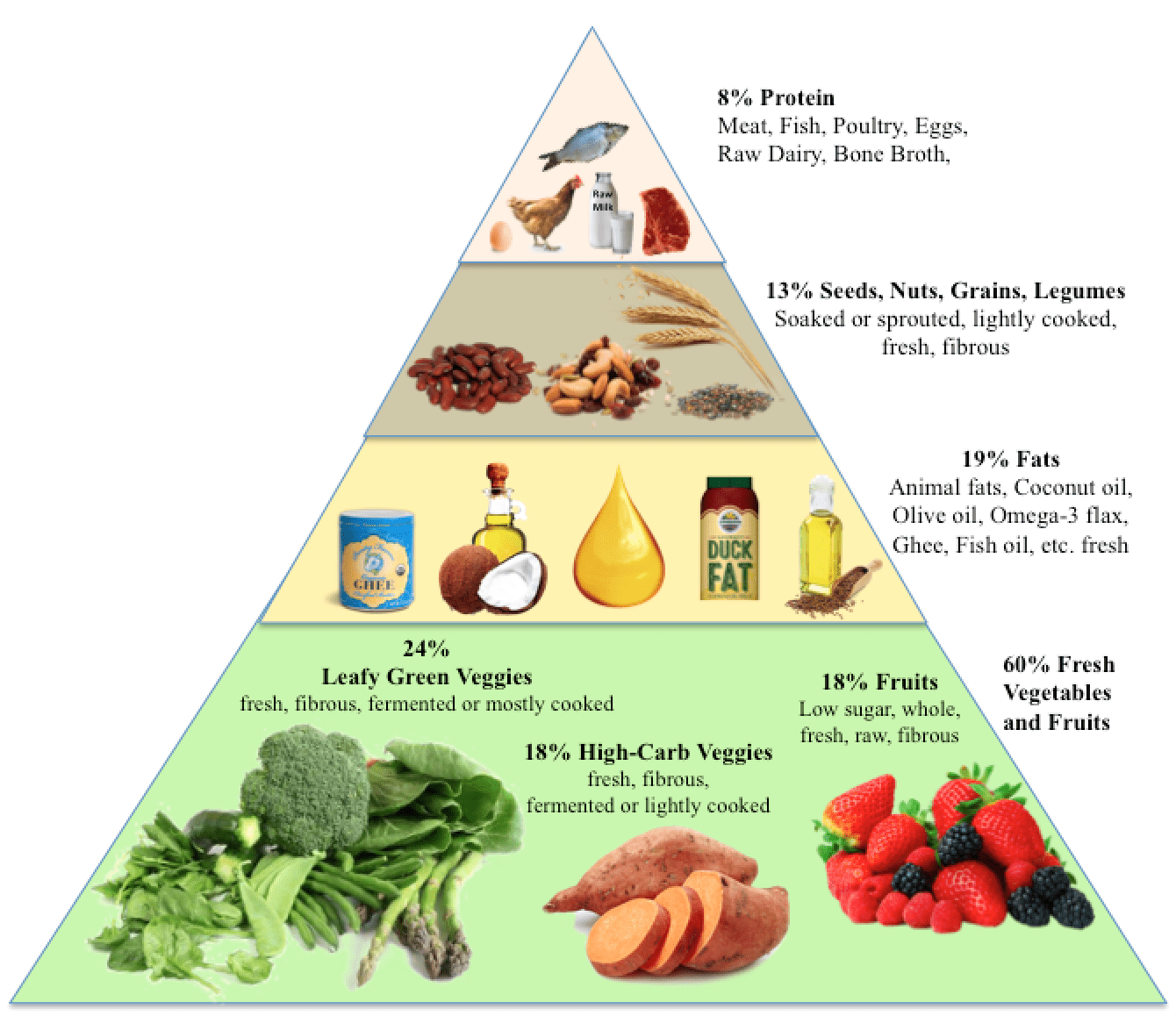Bland diets for humans. Navigating the Bland Diet: A Comprehensive Guide to Foods to Eat and Avoid
What foods should be included in a bland diet? What foods should be avoided? Discover the key guidelines for following a bland diet and improving gastrointestinal health.
The Basics of a Bland Diet
A bland diet is a dietary approach that focuses on consuming low-fiber, easily digestible foods that are gentle on the digestive system. This type of diet is often recommended for individuals experiencing gastrointestinal inflammation, such as those with Crohn’s disease, ulcerative colitis, or other conditions that can cause digestive discomfort.
Foods to Include in a Bland Diet
When following a bland diet, the goal is to consume foods that are soft, low in fat, and easy to digest. Recommended foods include:
- Tender meats like fish, pork, beef, and poultry
- Tofu
- Broths
- Smooth nut butters
- Eggs
- Thoroughly cooked, skinless, and seedless vegetables like potatoes, squash, and carrots
- Plant-based milk alternatives such as almond, walnut, flax, and coconut milk
- Fruit juices (excluding tomato and citrus juices for those with acid reflux)
- Puddings and custards
- Refined grains like rice, white bread, Cream of Wheat, and pasta
- Dairy products, if tolerated
- Weak black tea, green tea, and some herbal teas
Foods to Avoid on a Bland Diet
The foods to avoid on a bland diet are those that are tough, high in fiber, high in fat, spicy, or tend to cause gas. These include:

- Tough, fatty meats and meats with casings, such as sausages
- Fried foods
- Legumes
- Spicy, seasoned, cured, or smoked meats, including fish
- Vegetables that can trigger flatulence, such as cabbage, Brussels sprouts, broccoli, cucumber, and corn
- Strong cheeses, such as blue cheese
- Fatty dairy products like whipping cream
- Pickles
- Sauerkraut
- High-sugar foods
- Nuts and seeds
- Whole-grain cereals, breads, crackers, and pasta
- Crunchy nut butter
- Dried fruit
- Raw vegetables
- Gas-producing vegetables, including broccoli, Brussels sprouts, cabbage, onions, peppers, and cauliflower
- High-fiber cereals
- Fried pastries like donuts
- Gluten, if a person cannot tolerate it
Potential Benefits of a Bland Diet
The primary goal of a bland diet is to give the digestive system a rest and reduce gastrointestinal irritation. By avoiding foods that are difficult to digest or can cause further irritation, the diet aims to alleviate symptoms such as bloating, diarrhea, gas, and nausea.
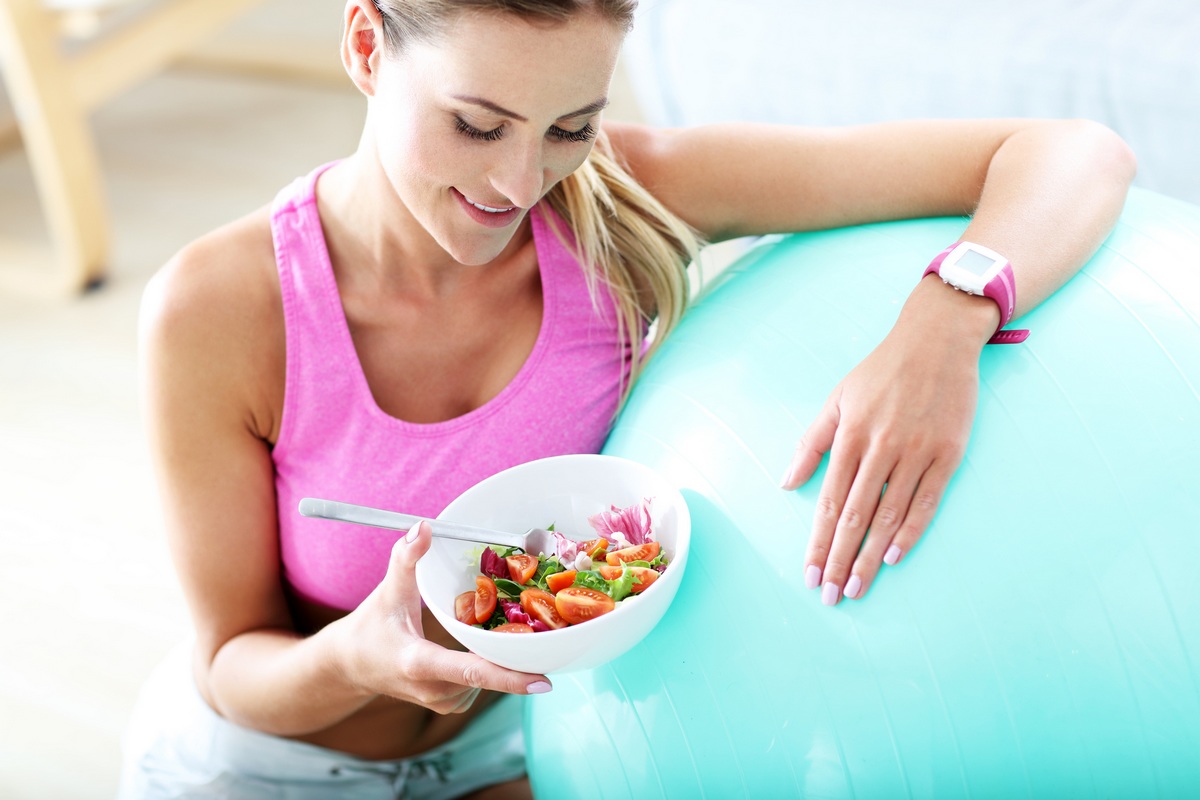
For individuals with Crohn’s disease or ulcerative colitis, a bland, low-fiber diet may help reduce the frequency and size of bowel movements during a flare-up. Similarly, for those with gastrointestinal irritation, eliminating foods that contribute to stomach acid production can help prevent further irritation.
Transitioning off a Bland Diet
A bland diet is typically recommended for a short-term period when necessary. Once a person’s condition has improved or they have recovered, their doctor will advise them to gradually reintroduce fiber-rich foods back into their diet.
Fiber offers numerous health benefits, including lowering “bad” cholesterol levels, promoting stable blood sugar levels, nourishing gut bacteria, and aiding in weight management. Prolonged adherence to a bland diet could potentially have adverse effects on overall health, so it’s essential to work closely with a healthcare professional to ensure a smooth transition back to a more diverse and balanced diet.
Research on Bland Diets
While there have not been extensive scientific studies specifically focused on the effectiveness of bland diets, the premise of the diet is based on the concept of avoiding foods that tend to trigger gastrointestinal symptoms. The diet’s emphasis on consuming softer, milder foods is intended to provide a gentle approach to supporting digestive health during periods of flare-ups or recovery.

Some research suggests that various forms of fasting may also be beneficial for certain digestive conditions, as they can promote intestinal cell regeneration and give the bowel a complete rest. However, more extensive research is needed to fully understand the long-term impacts and optimal implementation of bland diets and fasting regimens for individuals with gastrointestinal disorders.
Conclusion
In summary, a bland diet is a dietary approach that focuses on consuming low-fiber, easily digestible foods to provide relief for individuals experiencing gastrointestinal inflammation or discomfort. By following the guidelines of a bland diet and working closely with a healthcare professional, individuals can potentially find relief from symptoms and support their overall digestive health during times of need.
Foods to eat and avoid
A bland diet includes low fiber foods that have a soft consistency and are gentle on the digestive system. Bland diets are also known as soft diets, low residue diets, and gastrointestinal soft diets.
A doctor might recommend a bland diet for people experiencing gastrointestinal inflammation from infections, diverticulitis, or the flares of a chronic condition, such as Crohn’s disease or ulcerative colitis.
People with other gastrointestinal conditions, including acid reflux and peptic ulcers, may also benefit from a bland diet.
As well as specific food recommendations, people following a bland diet may also have to eat smaller meals more frequently, eat more slowly, and avoid lying down soon after eating.
In this article, learn about the food options for people following a bland diet, how it works, and recent research into the topic.
Share on PinterestPeople with gastrointestinal conditions may benefit from a bland diet.
It is vital that people check their individual dietary needs with a doctor before changing their diet.
Foods in a bland diet should be soft, low fat, low fiber, and easy to digest. Also, they should not contain heavy spices, flavors, or seasoning.
People tolerate different foods to different extents. Generally, however, a bland diet works to eliminate foods likely to cause digestive issues, such as bloating, diarrhea, gas, and nausea.
Since people may already be experiencing significant symptoms, the goal is to avoid foods that could cause additional symptoms or make existing ones worse.
Recommended foods include:
- tender meats, such as fish, pork, beef, and poultry
- tofu
- broth
- smooth nut butters
- eggs
- thoroughly cooked skinless, seedless vegetables, such as potatoes, squash, and carrots
- plant-based milk alternatives, such as almond milk, walnut milk, flax milk, and coconut milk
- fruit juices, although people with acid reflux may need to avoid tomato and citrus juices
- puddings and custard
- refined grains, such as rice, white bread, Cream of Wheat, and pasta
- dairy, if a person can tolerate it
- weak black tea, green tea, and some herbal teas
Foods in a bland diet should not be tough, high fiber, high fat, spicy, or gas-producing. Such foods include:
Such foods include:
- tough, fatty meats and meats with casings, such as sausages
- fried foods
- legumes
- spicy, seasoned, cured, or smoked meat, including fish
- vegetables that can trigger flatulence, such as cabbage, Brussels sprouts, broccoli, cucumber, and corn
- strong cheeses, such as blue cheese
- fatty dairy, such as whipping cream
- pickles
- sauerkraut
- high sugar foods
- nuts and seeds
- whole grain cereals, breads, crackers, and pasta
- crunchy nut butter
- dried fruit
- raw vegetables
- gas-producing vegetables, including broccoli, Brussels sprouts, cabbage, onions, peppers, and cauliflower
- high fiber cereals
- fried pastries, such as donuts
- gluten, if a person cannot tolerate it
The following foods and drinks may not be high in fiber but can cause gastrointestinal irritation in some conditions, such as acid reflux:
- alcohol
- certain spices and condiments, including pepper, hot sauce, and barbecue sauce
- strong seasonings, such as garlic, horseradish, and chili pepper
- caffeinated drinks, such as tea and coffee
- citrus fruits
- tomato products
The goal of a bland diet is to give the digestive system a rest.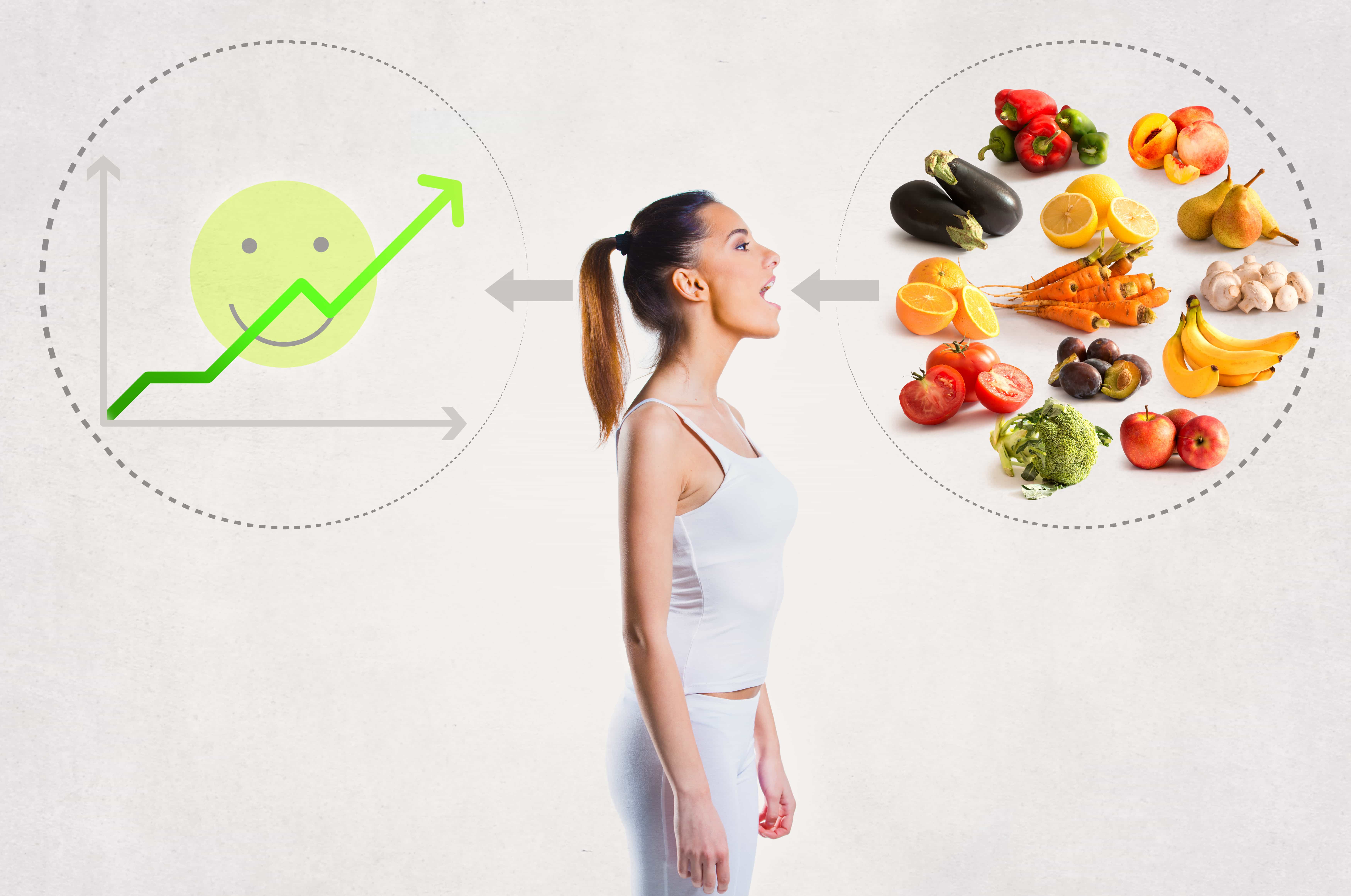 Foods with fiber are harder for the body to break down, so people following a bland diet tend to avoid foods that contain fiber.
Foods with fiber are harder for the body to break down, so people following a bland diet tend to avoid foods that contain fiber.
For people experiencing a flare of Crohn’s disease or ulcerative colitis, a bland, low fiber diet may help reduce the number and size of bowel movements.
For people with gastrointestinal irritation, eliminating foods that create stomach acid can help prevent further irritation.
Surgeons may recommend that people preparing for surgery or a medical procedure involving the digestive system should also adopt a bland or soft diet.
Some research suggests that various forms of fasting may be helpful for digestive conditions, because they can promote intestinal cell regeneration and give the bowel a complete rest.
A bland diet is only recommended for a short time when necessary. After a person recovers or their condition improves, their doctor will advise them to start gradually increasing the amount of fiber in their diet.
Fiber offers many health benefits, so following a bland diet for an extended period of time could adversely impact health.
Eating high fiber foods can help lower levels of low-density lipoprotein, or “bad,” cholesterol, promote stable blood sugar levels, nourish gut bacteria, and help with weight management.
There are so many diets to choose from. Learn more about the most popular ones, and what the experts say about them, here.
There have not been many scientific studies regarding the effectiveness of a bland diet.
The premise of the diet is that people avoid eating foods that cause gastrointestinal symptoms, such as gas and diarrhea. The diet also promotes eating softer, milder foods, as foods with intense flavors and odors might exacerbate symptoms such as nausea.
Because the symptoms and triggers of acid reflux vary widely, there is currently little evidence to prove that people should avoid specific foods.
Due to this lack of evidence, the American College of Gastroenterology do not routinely suggest that people with gastroesophageal reflux disease eliminate foods such as chocolate, caffeine, spicy foods, citrus fruits, and carbonated drinks.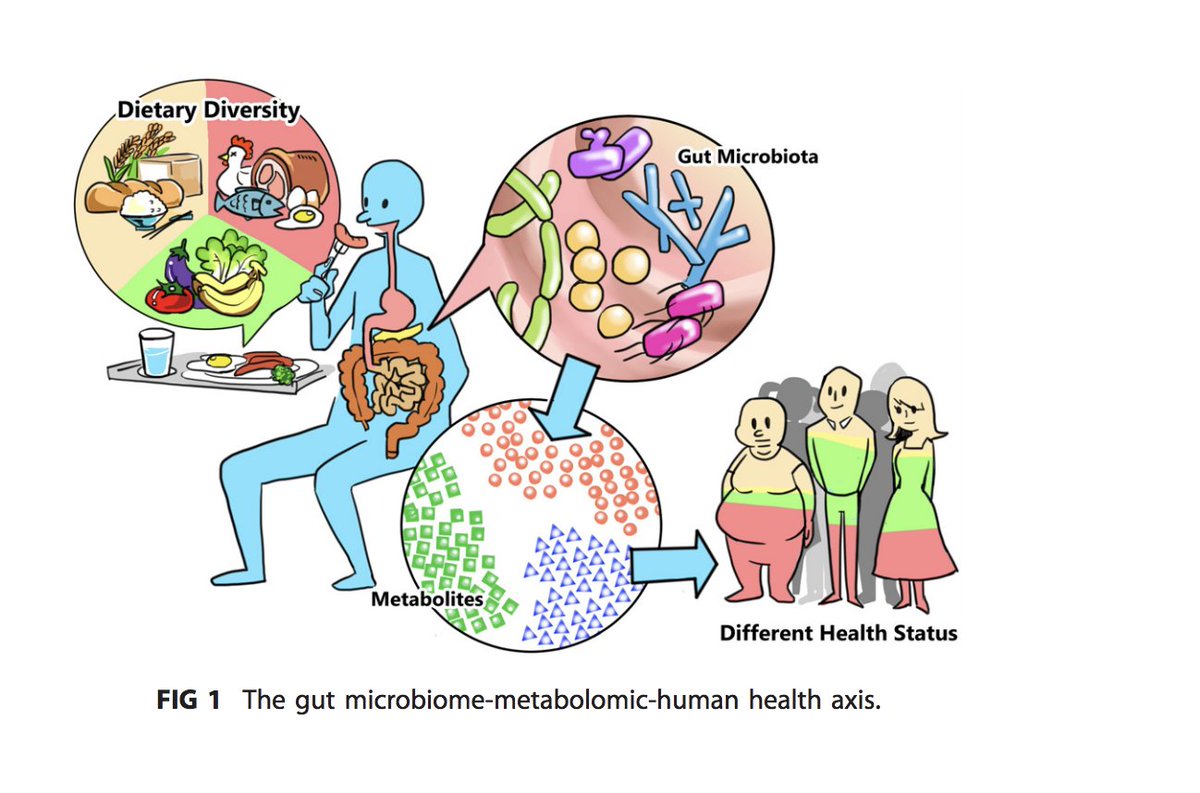 However, they do say that elimination diets could be beneficial on an individual basis.
However, they do say that elimination diets could be beneficial on an individual basis.
A bland diet could result in constipation, since fiber helps promote regular bowel movements. A long-term bland diet can also cause changes in a person’s overall health because fiber feeds healthy gut bacteria.
A soft, bland diet may benefit people whose gastrointestinal systems are compromised and need time to heal. Foods in a bland diet should be easy to digest and unlikely to cause additional pain or symptoms.
Your Doctor Just Recommended a Bland Diet. What’s That?
Getty Images/john shepherd
The idea of a bland diet may sound…unappetizing. But in some circumstances, it’s just what the doctor ordered—literally. To help you deal with certain medical conditions or procedures, your doctor might tell you to follow a bland diet for a certain period of time. What does that mean, exactly? We asked experts to break it down and explain what a bland diet looks like, how it can be tailored depending on the condition it’s being used to help improve, and everything else you need to know.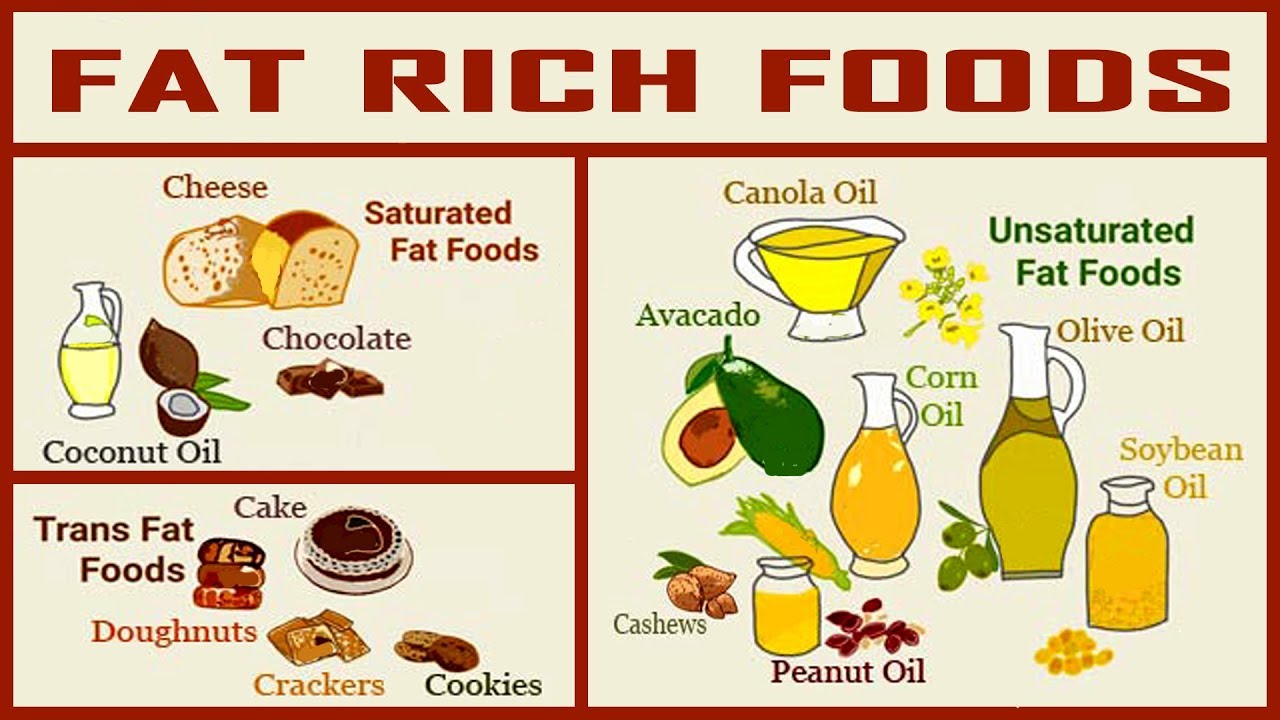
What Is a Bland Diet?
The first word that might come to most people’s minds in answer to that question is BRAT—that mnemonic acronym for bananas, rice, applesauce, and toast you may recall from childhood that became your diet for a day or two after a stomach bug. The list of acceptably bland foods under BRAT is actually longer than the four in the title (think also oatmeal, broth, saltine crackers, and the like) and the idea is to give your stomach more easily digestible foods until it can tolerate your usual daily fare. But it’s better to think of BRAT as a Band-aid, rather than a diet. Indeed, under BRAT restrictions, your food intake would lack sufficient calcium, vitamin B12, protein, and fiber per the Cleveland Clinic in Ohio.
Eating this way in a pinch is pretty much “safe for a few days, perhaps three to five days, in a case of a viral gastroenteritis [or, colloquially, stomach flu],” says Shahrad Hakimian, M.D., gastroenterologist and clinical instructor of medicine at the David Geffen School of Medicine at UCLA in Los Angeles, CA. “The risk of nutritional deficiencies is low in this setting.” But if your gastrointestinal (GI) symptoms are ongoing, it’s important to get evaluated by a doctor because you may need more specific dietary modifications (and other forms of treatment). In this instance, you’ll require the guidance of a dietitian who is familiar with your condition and can help make sure you’re still getting the right nutrients, Dr. Hakimian says.
“The risk of nutritional deficiencies is low in this setting.” But if your gastrointestinal (GI) symptoms are ongoing, it’s important to get evaluated by a doctor because you may need more specific dietary modifications (and other forms of treatment). In this instance, you’ll require the guidance of a dietitian who is familiar with your condition and can help make sure you’re still getting the right nutrients, Dr. Hakimian says.
Which brings us to an important point: A bland diet isn’t a specific diet but rather, an umbrella term to describe a category of diets that are meant to be gentle on the digestive system, Dr. Hakimian says. “These may be diets typically recommended after gastrointestinal infections such as diarrheal infections or with other GI issues,” he says.
Though a lot of bland diet recommendations are based more on anecdotal evidence versus scientific proof, bland diets like BRAT have been used for years as a means to appease the gut during times of stress or illness, notes Daniel Freedberg, M.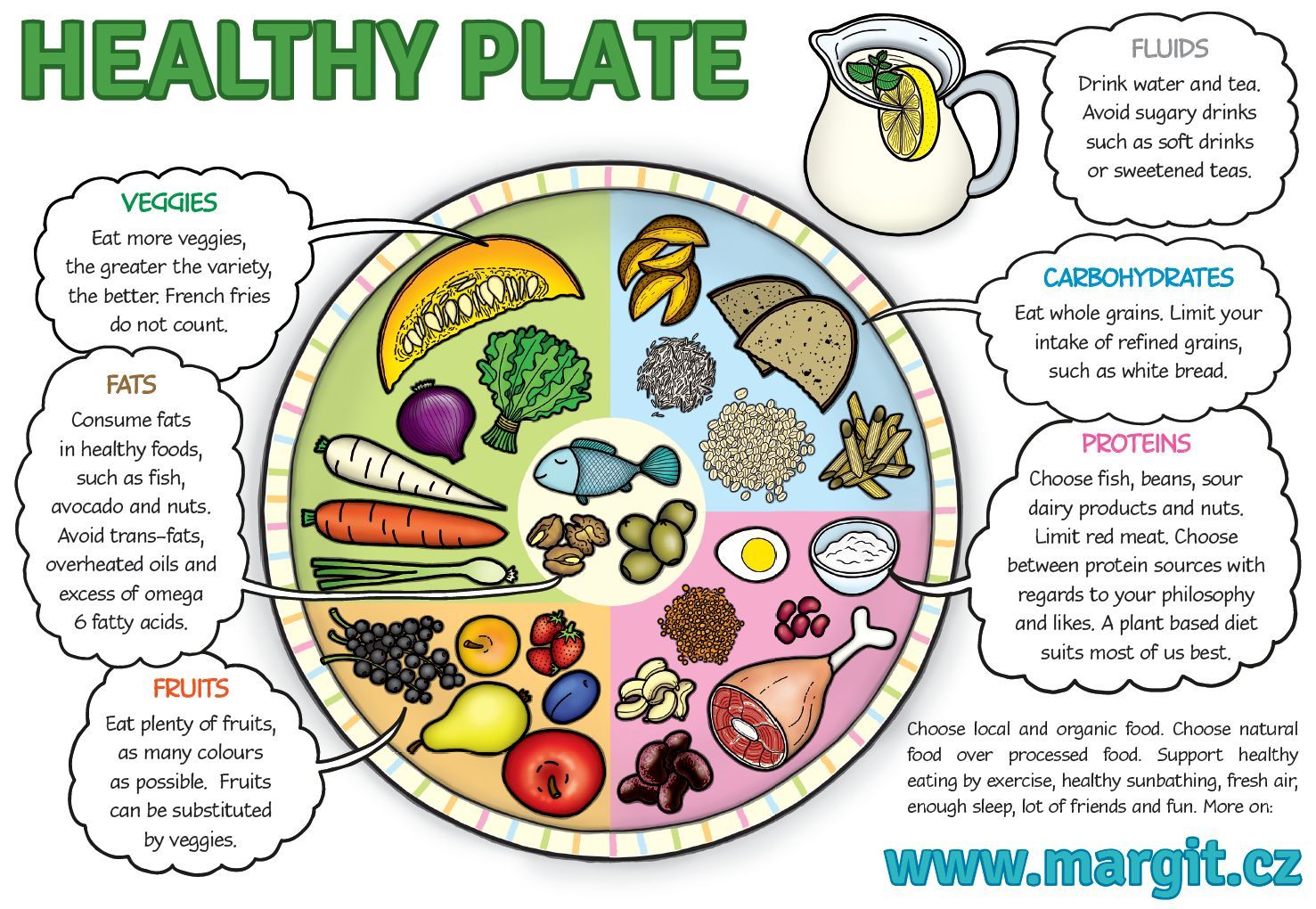 D., assistant professor of medicine and epidemiology at Columbia University Vagelos College of Physicians and Surgeons in New York City.
D., assistant professor of medicine and epidemiology at Columbia University Vagelos College of Physicians and Surgeons in New York City.
Generally, the goal is to avoid foods that might irritate the digestive system and make symptoms worse. “Spicy food, food with high fat content, or even fiber can sometimes be a little more difficult to digest temporarily,” Dr. Hakimian says. Dairy is another common offender depending on the condition. “Some people can become sensitive to smell and taste, so these kinds of diets tend to not have as strong of a flavor or smell, so they’re just easier to tolerate from a nausea and diarrhea perspective,” he adds.
Conditions That Benefit From Bland Diets
While bland diets across the board tend to have a lot in common, the specific focus of a bland diet will vary based on the health issue you’re dealing with. “There are certain foods that could be irritants depending on what your condition is,” says Ashli Greenwald, R.D., outpatient dietitian at the Johns Hopkins Bayview Medical Center in Baltimore, MD.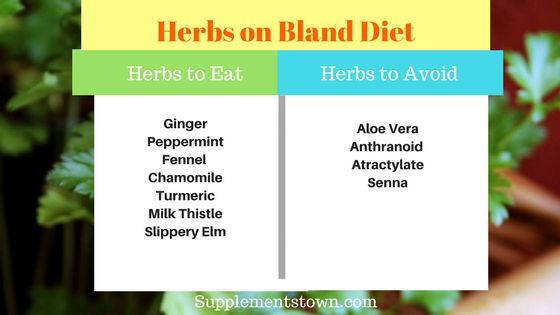
Here’s a quick look at the conditions that may require a bland diet, and how the diet may help:
Stomach Bug
“With a viral infection, the nerves in the intestines can get irritated, so people can have more symptoms like diarrhea and nausea when they eat foods that are more irritating,” Dr. Hakimian explains. Your doctor may recommend the BRAT diet in this case, just long enough until the symptoms subside. Avoiding lactose can help, too.
Pancreatitis
When digestive enzymes irritate the walls of the pancreas, the digestive organ become inflamed, leading to abdominal pain, nausea, and vomiting. In this case, a low-fat diet is recommended. “One of the main jobs of the pancreas is digesting fat, so during an acute attack when the pancreas is very inflamed, we avoid fatty food to prevent the pancreas from working harder than it should,” Dr. Hakimian says.
GERD
The acronym stands for gastroesophageal reflux disease and the condition is the chronic form of experiencing acid reflux—whereby stomach acid flows back up into the esophagus after you swallow rather than staying put within the stomach.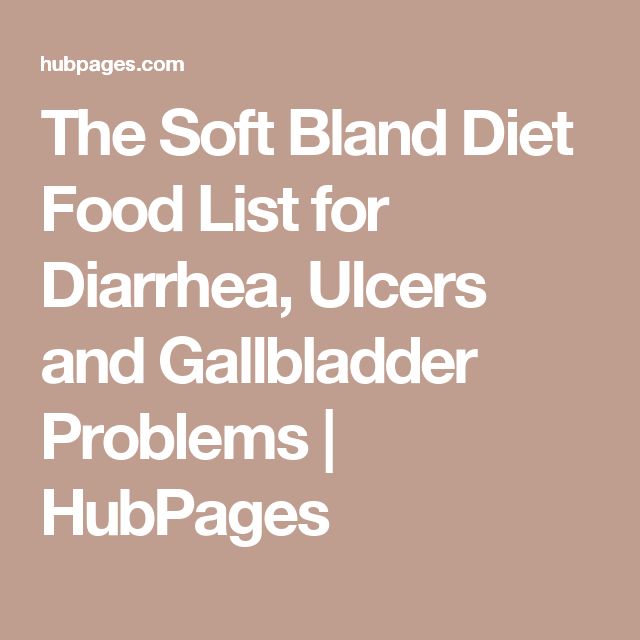 In this case, your doctor will recommend a low-acid diet which calls for avoiding items such as alcohol, coffee, mint, spicy foods, chocolate, citrus, tomatoes, and pineapple.
In this case, your doctor will recommend a low-acid diet which calls for avoiding items such as alcohol, coffee, mint, spicy foods, chocolate, citrus, tomatoes, and pineapple.
Irritable Bowel Syndrome
Irritable bowel syndrome (IBS) is a group of symptoms including abdominal pain, diarrhea, and/or constipation that occurs with no visible damage in the GI tract, per the National Institute of Diabetes and Digestive and Kidney Diseases. Experts believe it’s caused by a disconnect between the gut and brain. Those with IBS are often advised to follow a low-FODMAP diet. FODMAPs (the acronym stands for fermentable oligosaccharides, disaccharides, monosaccharides and polyols) are a type of carbohydrate that can be difficult to digest for some people, Dr. Hakimian says. Avoid: garlic, onions, beans, Brussels sprouts, wheat, high-fructose corn syrup, dairy products, and certain fruits including blueberries, grapefruits, and apples. According to the American College of Gastroenterology, portion size matters as well and can cause certain foods to go from high-FODMAP to low.
Gastroparesis
This condition prevents proper stomach emptying, causing food to sit in the stomach and not move through, Dr. Hakimian says. Avoiding fat, which takes longer to leave the stomach and is harder to process, can help, he adds. Eating smaller meals can be beneficial, too.
Crohn’s Disease With Strictures
When Crohn’s disease is untreated for a long time, the inflammation can cause damage and scarring that results in strictures, or areas of narrowing in the intestines. When the narrowing is extreme enough, it can cause a bowel obstruction—when stool is unable to pass through and will need to be removed. The focus of a bland diet is usually on avoiding green leafy veggies and other foods that are very fibrous and can get stuck in the narrowing, Dr. Hakimian says.
Intestinal Surgery
After intestinal surgery; colostomy or ileostomy placement; or a diverticulitis flare-up, most doctors recommend a low-fiber diet along with avoiding spicy and fried foods and dairy products, according to New York-Presbyterian Weill Cornell Medical Center.
Foods to Avoid on a Bland Diet
According to the U.S. National Library of Medicine, the following foods are common foods that your healthcare provider may suggest to avoid if you’re following a bland diet:
Alcoholic beverages and drinks with caffeine in them
Dried fruits
Foods with a lot of sugar in them
Fried or greasy foods
High-fat dairy
Highly seasoned, cured, or smoked meats and fish
Pickles, sauerkraut, and other fermented foods
Raw vegetables and salads
Seeds and nuts
Spices and strong seasonings, such as hot pepper and garlic
Strong cheeses
Tough, fibrous meats
Vegetables that may make you gassy, such as broccoli, cabbage, cauliflower, cucumber, green peppers, and corn
Whole-grain breads, crackers, or pasta
Whole-grain or bran cereals
Remember, the specific foods you should avoid will depend on your condition. “Fiber, nuts or seeds, and even raw veggies can be triggers in certain conditions,” notes Greenwald. “Or if you just got an ostomy bag or had GI surgery, then gas-producing foods like broccoli, cabbage, and cauliflower could be irritating.” Alcohol is typically best to avoid on any bland diet, she adds.
“Fiber, nuts or seeds, and even raw veggies can be triggers in certain conditions,” notes Greenwald. “Or if you just got an ostomy bag or had GI surgery, then gas-producing foods like broccoli, cabbage, and cauliflower could be irritating.” Alcohol is typically best to avoid on any bland diet, she adds.
Foods to Eat on a Bland Diet
So, what can you eat on a bland diet? Depending on the situation, maybe some of the foods in the section above will be A-okay. In general, the foods below are safe to eat on a bland diet, according to the U.S. National Library of Medicine:
Breads, crackers, and pasta made with refined white flour
Canned fruit, apple sauce, bananas, and melons
Cooked, canned, or frozen vegetables
Creamy peanut butter
Eggs
Fruit juices and vegetable juices
Graham crackers and vanilla wafers
Lean meats, such as poultry, whitefish, and shellfish that are steamed, baked, or grilled
Low-fat or fat-free dairy products
Popsicles and gelatin
Potatoes
Pudding and custard
Refined, hot cereals such as Cream of Wheat
Soup, especially broth
Tofu
Weak tea
Drawbacks of a Soft, Bland Diet
The biggest concern with any restrictive diet is that you can develop nutritional deficiencies when you cut out specific categories of food for an extended period of time, Dr. Hakimian says. For this reason, “we want people to consult with a dietician to make sure they’re doing it correctly and still getting adequate nutrition,” he says.
Hakimian says. For this reason, “we want people to consult with a dietician to make sure they’re doing it correctly and still getting adequate nutrition,” he says.
It’s important to have a balanced diet with plenty of protein and plenty of fluids,” Greenwald says. If you’re having a difficult time meeting those goals on the bland diet your doctor prescribed, let your provider know and ask for a referral to a dietitian for help.
You may also experience an adjustment period when you reintroduce certain foods after your special diet is over. To avoid overwhelming your system, Greenwald recommends slowly introducing one food at a time so that your body can get reacquainted with the higher digestive load slowly.
And know that some foods may continue to trigger tummy trouble and not get easier to digest over time, she adds. For example, certain foods may always be an issue for acid reflux. With an ostomy, gas-producing veggies may always cause a lot of gas and be uncomfortable for you.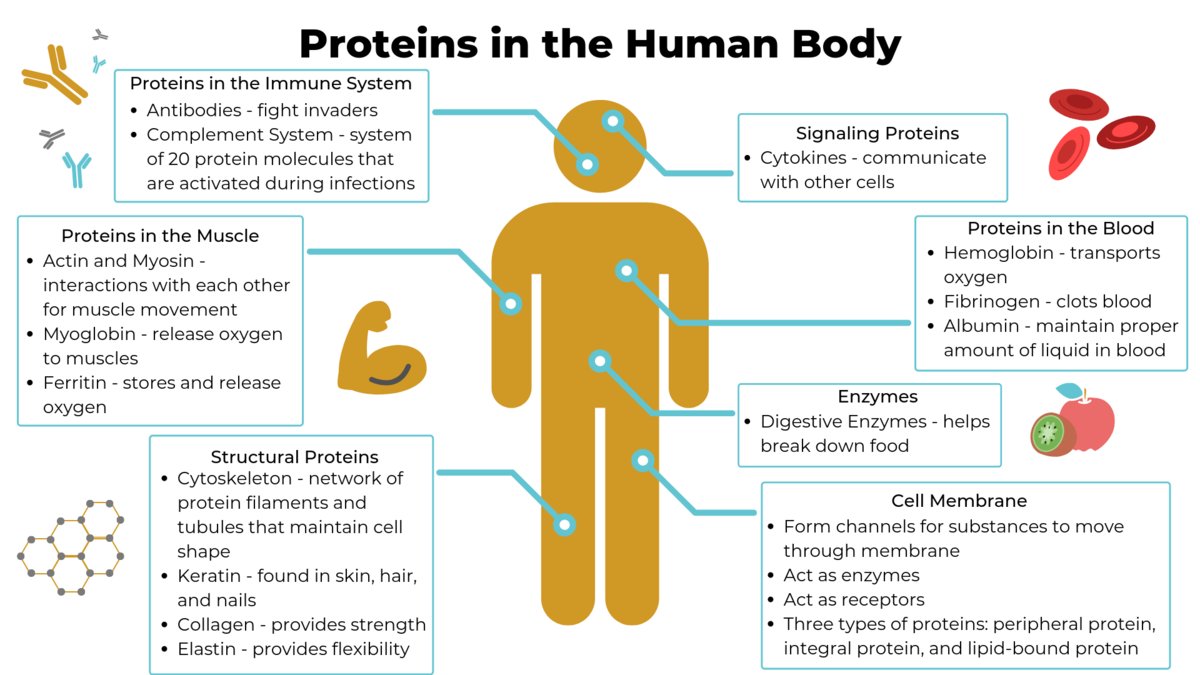 “It is common to have some foods that are always an issue,” Greenwald says. Luckily, if you’re reintroducing foods slowly, you can pinpoint triggers and know what to avoid in the future so that you won’t have to deal with the discomfort.
“It is common to have some foods that are always an issue,” Greenwald says. Luckily, if you’re reintroducing foods slowly, you can pinpoint triggers and know what to avoid in the future so that you won’t have to deal with the discomfort.
Bottom line? Besides following your doctor’s lead on what you should be eating, “a general rule of thumb is to listen to your body,” Dr. Hakimian adds. “If you know certain types of food make your symptoms significantly worse, it’s probably a good idea to avoid those things, no matter what condition you have.”
Notes: This article was originally published August 24, 2007 and most recently updated October 26, 2022.
BRAT Diet: American Academy of Family Physicians. (2020.) “BRAT Diet: Recovering from an Upset Stomach.”
https://familydoctor.org/brat-diet-recovering-from-an-upset-stomach/
Nutrients Lacking on BRAT Diet: Cleveland Clinic. (2021.) “When should you follow the BRAT diet?” https://health.:max_bytes(150000):strip_icc()/lyme-disease-diet-5191183-V2-DD-cdd43c1b7124436f86fd1ad47d4fc07b.jpg) clevelandclinic.org/brat-diet/
clevelandclinic.org/brat-diet/
Irritable Bowel Syndrome: National Institute of Diabetes and Digestive and Kidney Diseases. (2017.) “Definition & Facts for Irritable Bowel Syndrome.” https://www.niddk.nih.gov/health-information/digestive-diseases/irritable-bowel-syndrome/definition-facts
FODMAPs: American College of Gastroenterology. (2021.) “Low-FODMAP Diet.” https://gi.org/topics/low-fodmap-diet/
Crohn’s With Strictures: Crohn’s and Colitis Foundation. (2018.) “Strictures.” https://www.crohnscolitisfoundation.org/emr/emr-ibd-education-tool/strictures
Low-Fiber Diets After GI Surgery: New York-Presbyterian Weill Cornell Medical Center. (n.d.) “Low-Fiber Medical Nutrition Therapy.” https://www.nyp.org/sites/default/files/acquiadam/2020-08/low_fiber_residue_diet_pre-surgery.pdf
Foods to Avoid and Foods to Eat: U.S. National Library of Medicine. (2022.) “Bland diet.” https://medlineplus. gov/ency/patientinstructions/000068.htm
gov/ency/patientinstructions/000068.htm
Our Review Process
| Recommended foods and dishes | Excluded foods and meals |
| Wheat bread from flour of the 1st and 2nd grade dried or yesterday, in the form of crackers, unsweetened dry biscuits | Rye and fresh bread, pastry and puff pastry products |
| Vegetarian and pureed soups with potatoes, carrots, zucchini, pumpkin, oatmeal, buckwheat cereals, rice, vermicelli.  Add 5 g butter or 10 g sour cream Add 5 g butter or 10 g sour cream | Soups on meat, fish broth, decoction of mushrooms and vegetables, with millet, milk soups, borscht, cabbage soup, cold (okroshka, beetroot) |
| Lean beef, veal, rabbit, chicken, turkey, skinless poultry. Boiled or steamed, pureed, chopped (cutlets, dumplings, mashed potatoes, soufflé, etc.). Lean chicken, rabbit, veal – in pieces, boiled. | Fatty meats of animals and birds (duck, goose), fried, stewed, liver, brains, kidneys, sausages, canned food, smoked meats |
| Boiled, lean and chopped. Jellied after boiling. | Fatty fish, fried and stewed, smoked and salted fish, canned food, caviar |
| Predominantly reduced fat dairy products . Fresh non-acid curd 9% fat and non-fat, naturally calcined, pasta, steamed and baked puddings. Milk if tolerated. Dairy drinks. Sour cream and cream – in dishes, mild, low-fat cheese | Dairy products with high fat content and added sugar |
| 2 egg white omelette, yolks – limited (up to 1/2 per day) in meals | Hard-boiled and fried eggs, whole egg dishes |
Pureed and semi-viscous porridges made from oatmeal, buckwheat, semolina, rice, boiled in water or half-and-half with milk. Cereal soufflés, puddings Cereal soufflés, puddings with cottage cheese, casseroles, pasta | Legumes, crumbly cereals, limit – pearl barley, barley, corn grits, millet |
| Boiled and baked vegetables, pureed. Potatoes, carrots, cauliflower, beets, zucchini, pumpkin, green peas | Turnip, radish, radish, white cabbage, sorrel, spinach, onion, garlic, sweet pepper, mushrooms |
| Snacks exclude | |
| Ripe, soft, non-acidic fruits and berries, pureed raw, baked apples, jellies, mousses with sugar substitutes or semi-sweet with sugar | Chocolate, jam, ice cream, raw uncooked fruits and berries, grapes, dates, figs, bananas, confectionery |
| Dairy, weak vegetable broth sauces, fruit and berry semi-sweet sauces, flour is not passivated | Sauces on meat, fish, mushroom broths, tomato sauce, all spices |
| Weak tea with lemon, semi-sweet with milk, rosehip decoction, fruit and berry juices without sugar | Cocoa, coffee, carbonated and cold drinks, grape juice |
| Butter (30 g), refined vegetable oils (10-15 g) in dishes | Other fats |
Gentle diet for weight loss at home
Choose a gradual and safe way to lose weight. We tell you everything about a sparing diet for weight loss: basic principles, allowed foods and a menu for a week.
We tell you everything about a sparing diet for weight loss: basic principles, allowed foods and a menu for a week.
Tags:
Health
weight loss
recipes
diets
Diet for weight loss
How to safely lose weight? Many nutritionists believe that a sparing diet is a great option for losing weight. Principles, contraindications, benefits and menu for a week at home – all the details in the material.
Contents of the article
There are many different diets that help you lose weight, designed for short, “sprint” races. A sparing diet for weight loss compared to them is a marathon, it can last more than six months, while food calorie restrictions are quite serious. Before you start losing weight in this way, be sure to consult a doctor and clarify whether it is really safe for you to eat according to the sparing diet system for weight loss.
Light diet for weight loss: basic principles and contraindications
The light diet is divided into two main phases: the intensive phase and the repeated phase.
Intensive phase lasts up to 6 months. At this time, you need to limit your calorie intake to 1800 calories per day. As part of your diet, you focus on protein-rich foods. For example, poultry, fish, eggs, low-fat cheese, and tofu. Oil and other salad dressings are excluded from the diet menu, and carbohydrates are limited to 20 grams per day. Thus, at first, almost every meal will contain some amount of meat, mostly without a side dish or with side dishes in the form of certain vegetables (broccoli, cauliflower and others from the list of allowed foods).
ADVERTISING – CONTINUED BELOW
In the second step, you can slowly add fats and carbohydrates, and gradually reduce the amount of protein to 70-140 grams per day. The re-phase lasts 6-8 weeks. In the first month, up to 45 grams of carbohydrates per day are allowed, and in the second month, up to 90 grams.
Talk to your doctor, you may need to take additional multivitamins, potassium, calcium, magnesium or sodium supplements during the first phase to protect the body from nutritional deficiencies. It is also necessary to monitor your condition, and if it worsens, for example, efficiency decreases or dizziness begins, you must immediately proceed to the next phase, or, accordingly, repeat it, or exit the diet.
It is also necessary to monitor your condition, and if it worsens, for example, efficiency decreases or dizziness begins, you must immediately proceed to the next phase, or, accordingly, repeat it, or exit the diet.
What is the benefit of a sparing diet?
A sparing diet is not only good for losing weight. Additional benefits of a sparing diet:
- up to 20% reduction in cholesterol levels;
- normalization of blood sugar levels;
- lowering blood pressure;
- protection against metabolic syndrome.
Unfortunately, even a sparing diet is not an ideal recipe for weight loss. Before starting, be sure to consult a specialist, as the diet has side effects. For example, it can cause nutritional deficiencies in the body.
Diet not suitable:
- for the elderly;
- for lactating and pregnant women;
- for those with gallbladder problems;
- for people with eating disorders;
- for patients with chronic diseases.

Light Diet for Weight Loss: Menu for the Week
Allowed Foods and Taboos
We have already outlined some of the foods that you can eat on a light diet for weight loss. Detailed list of allowed products:
- poultry: skinless chicken, turkey, goose, duck;
- meat: lean meat, pork, lamb;
- fish: flounder, cod, catfish, halibut.
- vegetables: leafy greens, broccoli, cabbage, cauliflower, Brussels sprouts, celery, tomatoes, onions, cucumbers, squash;
- low-fat dairy products: cottage cheese, low-fat cheese, skim milk;.
- eggs and egg whites;
- tofu.
A large amount of fats and carbohydrates are excluded from the sparing diet menu. Full list of taboo foods:
- fruits: apples, berries, oranges, grapes, melons, pears, peaches;
- starchy vegetables: potatoes, corn, peas;
- grain: wheat, oats, barley, buckwheat, millet;
- legumes: black beans, lentils, chickpeas, beans, peanuts;
- processed foods: convenience foods, baked goods, potato chips, fast food, candy;
- sugary drinks: juice, sweet tea, sports drinks, soda;
- sugar and sweeteners: honey, maple syrup, table sugar, molasses, brown sugar;
- fats and oils: olive oil, coconut oil, vegetable oils, salad dressings, butter, margarine;
- complete dairy products: yogurt, full fat cheese, milk.

Eat little by little, in small portions, but often. As part of this diet, three main meals and several snacks are obtained per day. As such, a good fit:
- Egg;
- Slice of roasted meat or fish;
- Curd;
- A slice of low-fat cheese;
- A few stalks of celery;
- A handful of boiled vegetables from the permitted list;
- Tomato.
Do not forget to drink enough water, the daily norm is about one and a half to two liters, it is best to drink at least a glass half an hour to an hour before meals, and also drink unsweetened green or black tea as snacks to drown out a possible feeling of hunger. A good option is mineral water or rosehip broth, herbal tea, of course, you don’t need to add sugar to these drinks and, in principle, you need to refrain from sugar. It is best to cook food by steaming, boiling, baking, you can use a microwave oven.
Healthy diet for safe weight loss: menus and dishes you can cook at home
- Monday
Breakfast: omelet with spinach and tomatoes.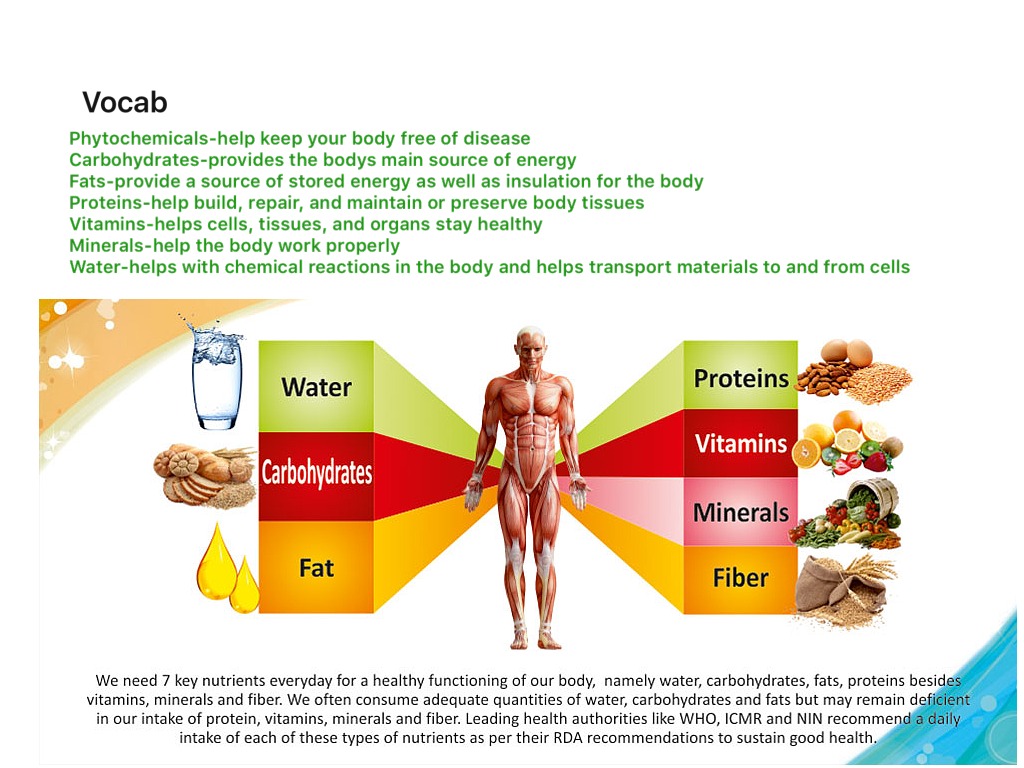
Lunch: fried cod with steamed broccoli.
Dinner: Chicken breast with roasted Brussels sprouts.
- Tuesday
Breakfast: Tofu with onions, garlic and sweet peppers.
Lunch: baked chicken with vegetable garnish (no dressing).
Dinner: pork chops with fried asparagus.
Breakfast: egg omelet with zucchini, tomatoes and garlic.
Lunch: baked cod with boiled cabbage.
Dinner: Salad of lean ground beef, mushrooms, garlic, ginger and green onions.
- Thursday
Breakfast: low-fat cottage cheese.
Lunch: low-carb turkey meatballs with zucchini and tomato noodles.
Dinner: fried chicken with garlic and lemon (no garnish).
- Friday
Breakfast: hard boiled eggs with salt and pepper.
Lunch: baked tofu with steamed green beans.
Dinner: Grilled steak with oven-roasted eggplant.
On Saturday and Sunday, repeat any of the days.
Do not forget about the limitations – for the intensive phase, the main part is proteins, for the repeated phase, their amount is reduced due to an increase in the amount of carbohydrates.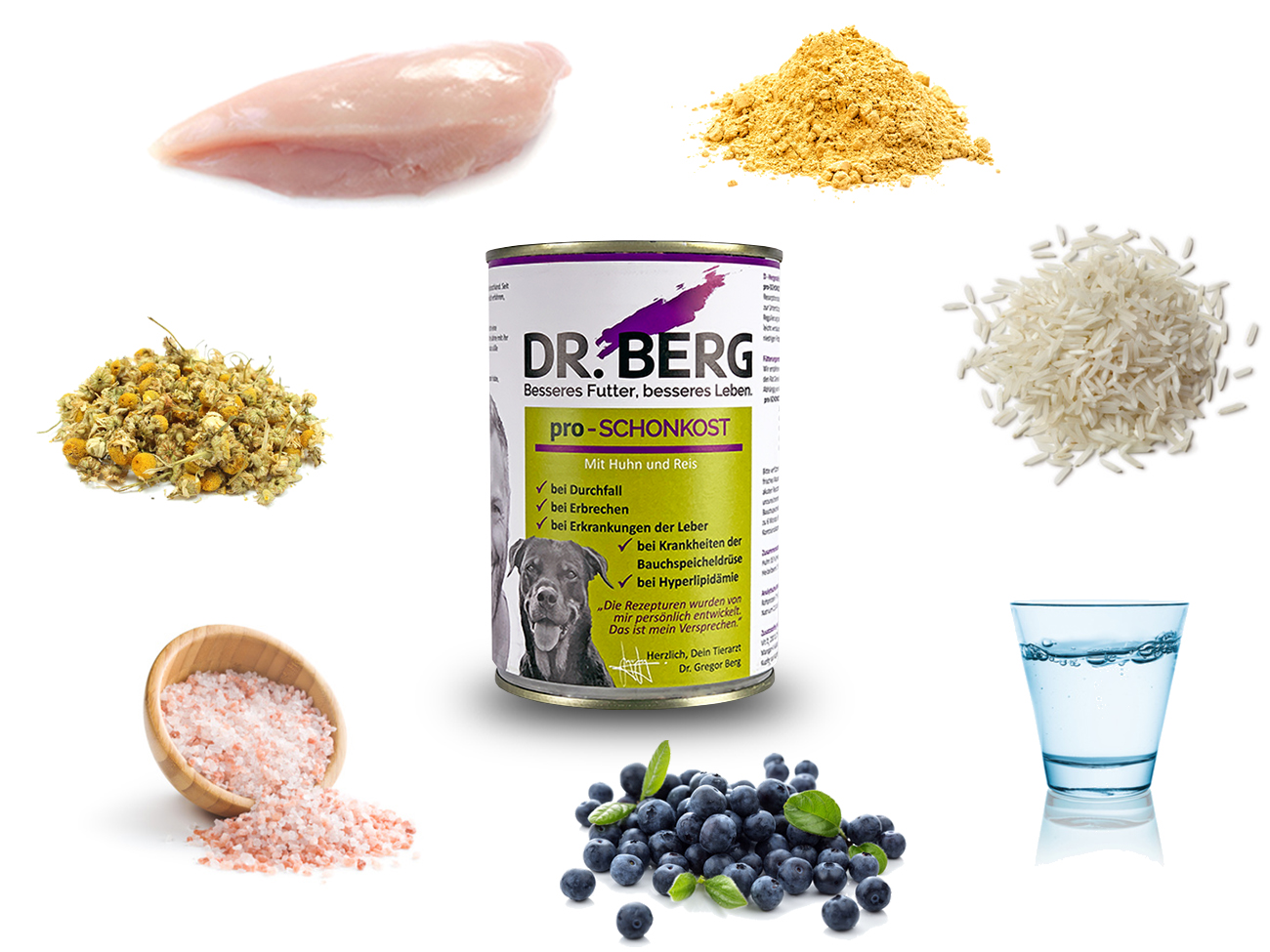
Recipes for a sparing diet
Chicken casserole with vegetables
Ingredients: chicken fillet, cauliflower, broccoli, eggs, low-fat sour cream, low-fat cream, cheese for sprinkling, garlic, spices to taste.
Preparation: if vegetables are frozen, defrost, if not, rinse in salted water, divide into inflorescences. We cut the chicken, mix it with vegetables in a baking dish, pour sour cream diluted with warm water, send it to the oven for 20 minutes, the temperature is 180 degrees. For the second filling, mix the cream with a part of the cheese, eggs, finely chopped garlic or passed through a garlic crusher, add spices, mix everything thoroughly. We take out the chicken with vegetables from the oven, fill it with the freshly prepared filling, distribute the rest of the cheese on top. We return everything to the oven for another 20 minutes.
Vegetable salad
Ingredients: low-fat cheese, celery stalks, tomatoes, cucumbers, red onions, herbs, lemon juice.:max_bytes(150000):strip_icc()/losing-weight-with-ibs-1945012-01-987b235a57b240e4903560c79416288b.png)
Preparation: wash vegetables, cut them into a deep bowl, add finely chopped low-fat cheese, chopped celery stalks, greens, or cut or tear with your hands. Add lemon juice and mix everything thoroughly.
Diet Meatball Soup
Ingredients: Turkey, chicken or rabbit fillet, broccoli, cauliflower, carrot, onion, egg, herbs, spices to taste.
Preparation: mince the meat along with the onion, add the egg, salt, pepper if desired, mix and shape into meatballs. Put the finished meat products in boiling water, add to them broccoli and cauliflower, pre-divided into inflorescences (if you bought frozen vegetables, you can not defrost them first), grated carrots on a fine grater – it will give a golden color to the broth, spices to taste. Boil cabbage and meatballs until cooked, decorate with herbs when serving. You can also add a hard-boiled egg to the soup – half in each plate.
We also provide a few recipes for those who have a slow cooker:
Reviews of the sparing diet be insufficient for those who are accustomed to physical activity or long walks, fatigue, dizziness may appear – if this happens, the caloric content of the diet will need to be increased and then reduced gradually, observing well-being and avoiding fanaticism.

Foods that can be eaten are tasty enough, but not too varied, the most difficult thing for people to give up pastries and sweets and switch to vegetables as a side dish. They also recommend not to neglect nutritional supplements and report a feeling of hunger, which may accompany you at first, but then you will most likely get used to the new diet.
As those who have tried it warn, you need to leave the diet very smoothly, even after the completion of the second phase, products from the prohibited list must be introduced very carefully, otherwise there is a risk that all work on the basis of weight loss will go to waste. The fact is that the metabolism is rebuilt over the long time that this diet takes, the body gets used to processing a certain amount of products of a certain type, so the accumulation of excess fat can be a consequence of excess. It is best to switch from this diet to a diet built in accordance with the recommendations for proper nutrition, in which case the likelihood of weight gain will be minimal, and there will be enough strength and energy.

